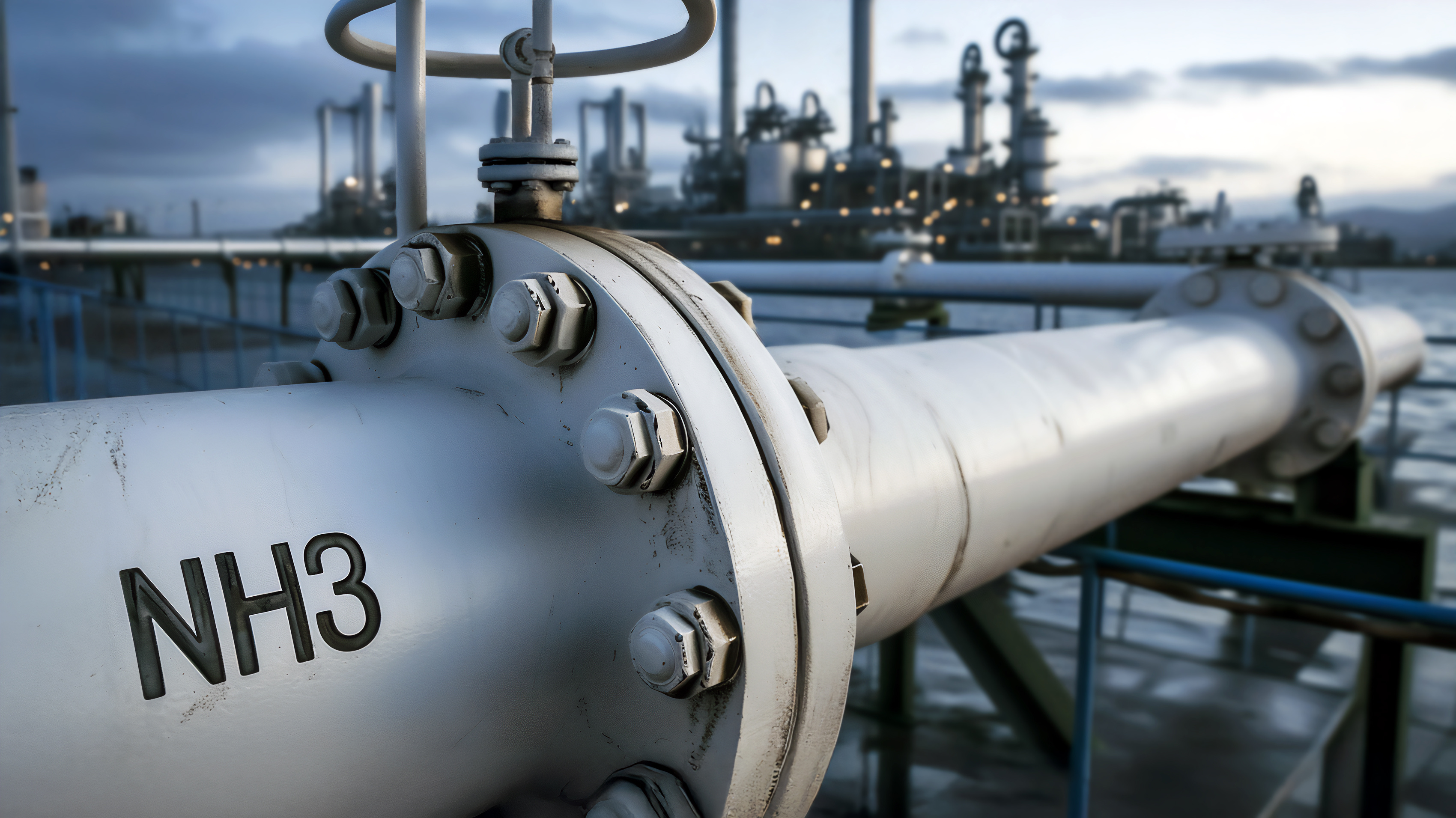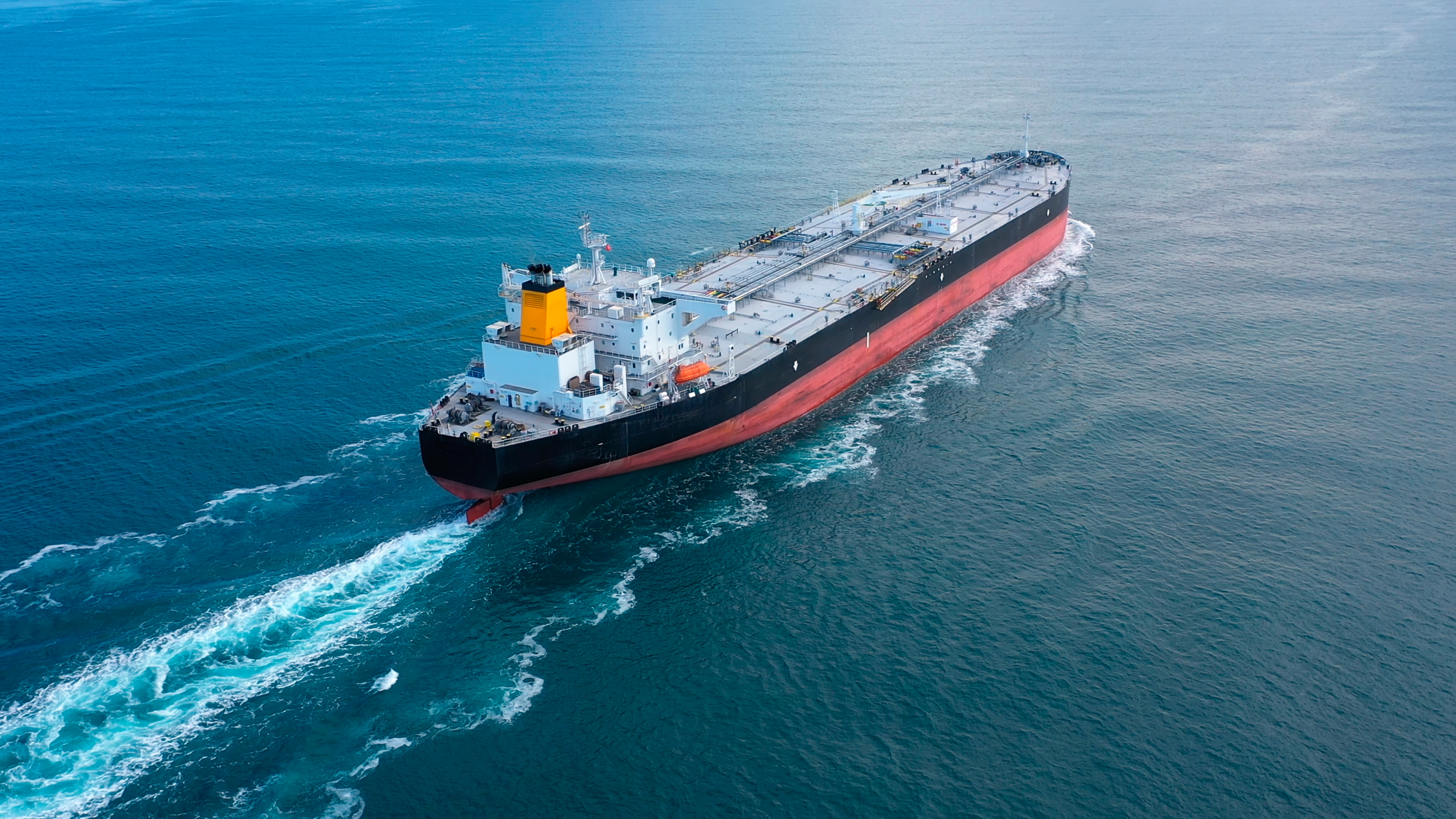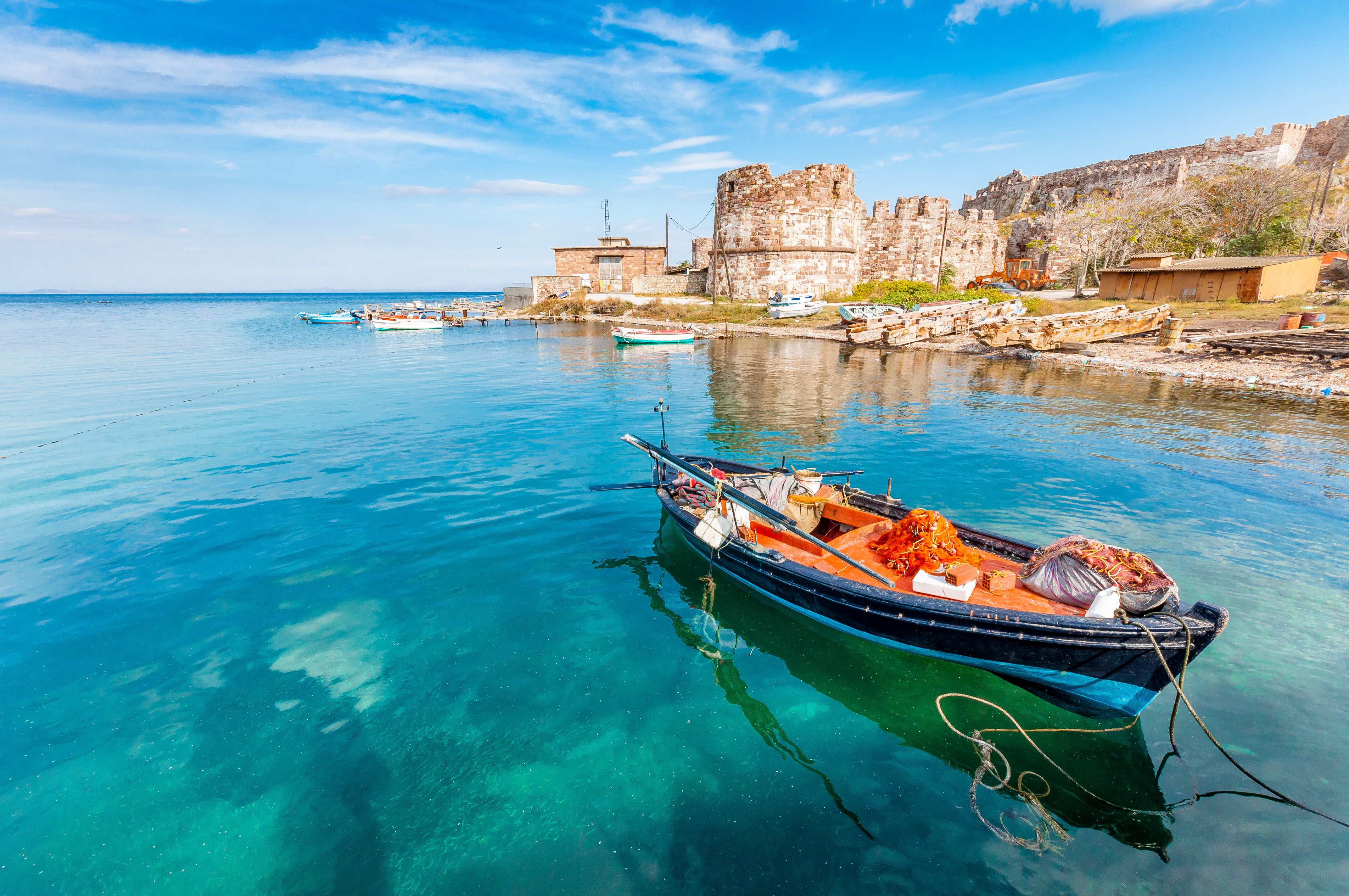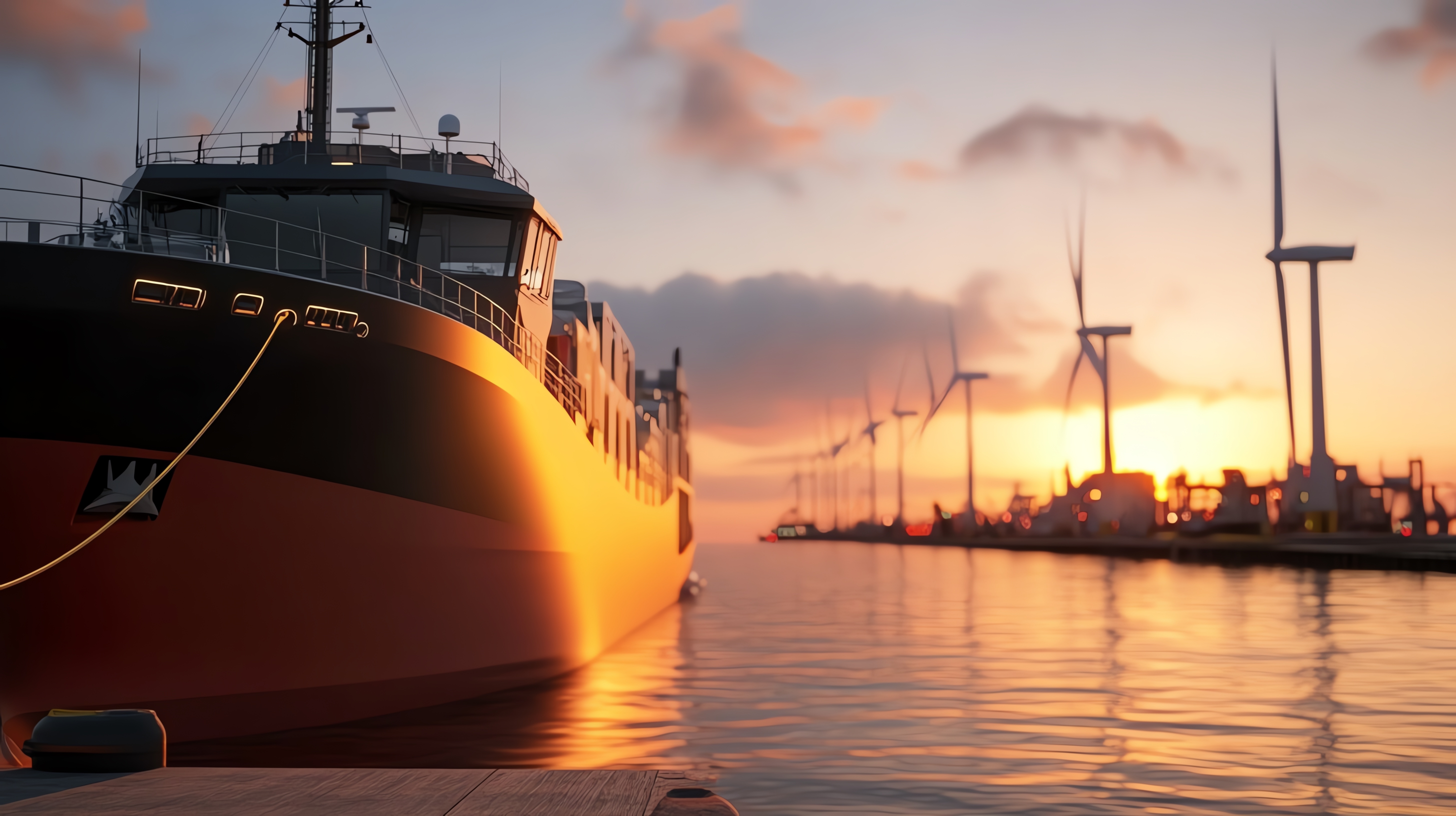Following a number of recent incidents, the Club would like to remind Members of the hazards and procedures to be considered when working on deck in heavy weather.
The most important question to consider when planning work on deck in heavy weather must be "is the work absolutely necessary?", if the answer to this question is "no" then it may be prudent to delay the work until the vessel encounters calmer weather or sheltered seas.
If the work is considered essential, weather forecasts and the prevailing sea conditions should be continuously monitored so that ample warning may be given to enable ships staff to secure the vessel and move to a safe area before the adverse or heavy weather is encountered. Accidents have occurred when crew members have ventured out on deck to secure items that were not adequately secured, either prior to sailing or when the vessel was in sheltered waters.
Before any work on deck is carried out, a full risk assessment must be completed that will include reference to the company ISM work procedures, a permit to work should also be issued. The Code of Safe Working Practices for Merchant Seaman (Consolidated Edition, 2009) contains a list of items to be considered when conducting a Risk assessment for heavy weather working which is reproduced below.
- Necessity of work (i.e. can it wait until daylight, next port, do the risks outweigh the benefits?)
- Availability of rescue & emergency medical care if things go wrong
- Use of stabilising fins (if fitted) to reduce rolling
- Adjust vessel course & speed
- Permit to work & company checklist completed
- Rigging Lifelines
- Lifejacket with Safety harness
- Adequate PPE (including full head protection that will reduce exposure to the elements)
- Using head mounted torches
- Using waterproof worksuits with reflective tape fitted
- Deck illumination
- Visual contact from bridge
- Working in [at least] pairs
- Water resistant [proof] portable radios for communications with bridge
- Use of bridge searchlight to determine predominant wave direction at night. In restricted visibility or darkness radar may be used to determine the predominant wave direction
- Be aware that even in a regular wave pattern “rogue” waves can exist which can vary in direction and size from the regular wave pattern being experienced
- ALWAYS plan for, and expect the unexpected
If work is to be carried out, the person in charge should be in radio contact with the bridge so he can provide frequent and regular updates and also call for assistance should an incident occur. In the event of an incident, any rescue efforts should be carefully planned, crew should resist the urge to proceed on deck before first considering the risks and ensuring every precaution is taken.
If the vessel has sheltered passageways these should be used instead of proceeding across open deck, it may be prudent to arrange a whistle signal with the bridge so that warnings can be sounded if large waves approach, thus allowing crew the time to move into sheltered areas or inside the vessel.
Working on deck in heavy weather is highly dangerous and should only be done with express permission of the Master. As stated above, only work that is ABSOLUTELY essential should be carried out on deck during heavy weather, after a full and complete risk assessment has been conducted.




